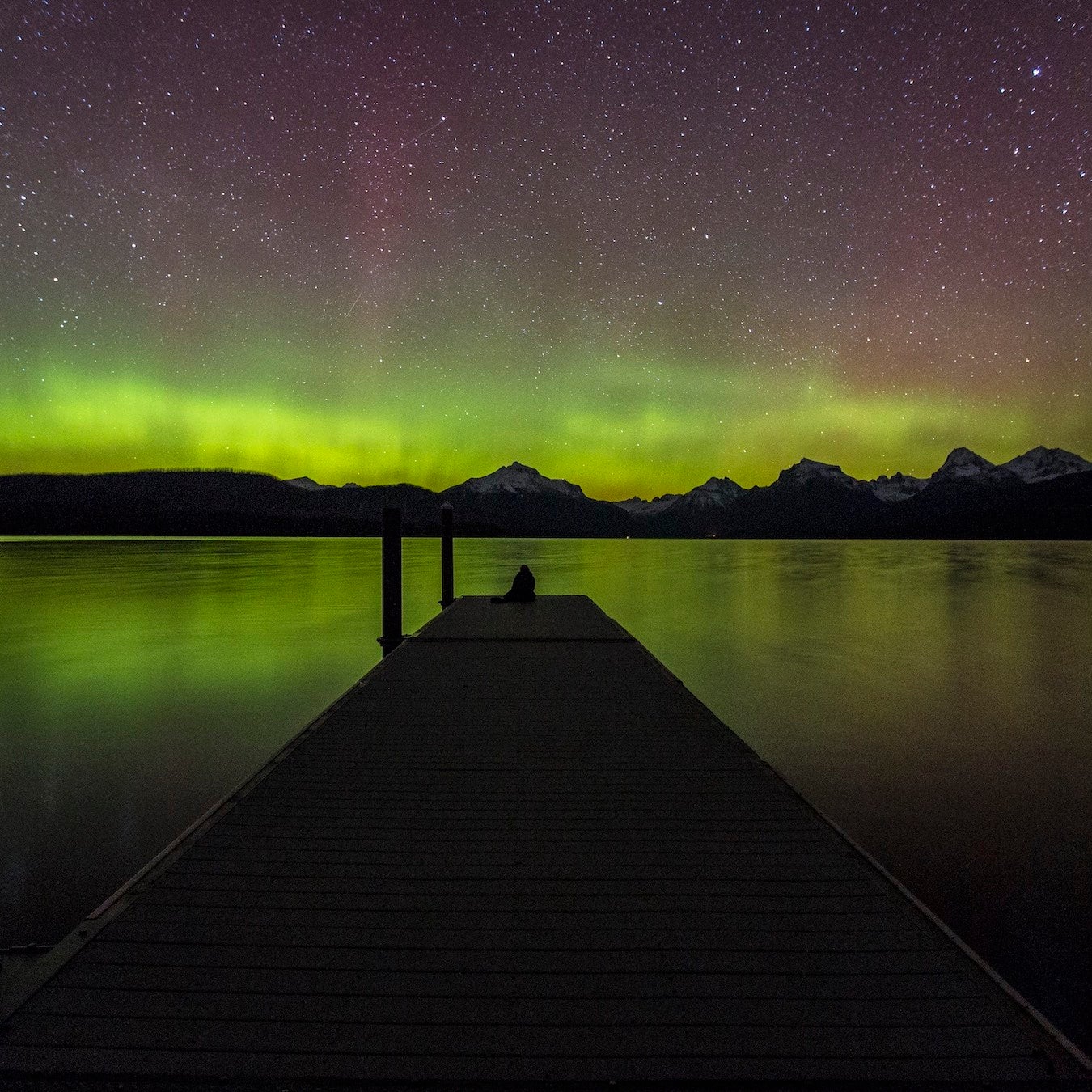Every winter, people across the globe flock north to see the aurora borealis. The rippling lights have captivated humans for centuries, inspiring legends, books, music and art. But why exactly? According to recent research, it could have to do with how our brains react to awe
When we witness something that blows our minds, the experience affects us on a chemical level. Studies have found the resulting biochemical cascade and improve immune function in the body. But it may also trigger a near-psychedelic experience.��
According to awe researcher Dacher Keltner, mind-bending experiences can between people and the world around us. Awe can also open up new neural pathways—creating a small window to potentially rewire your thought patterns or reframe your priorities. Scientists who have studied this experience believe that getting your mind blown by the northern lights, an eclipse, or other natural phenomena could provide a burst of clarity. That can be useful in making big life decisions or even just in grounding yourself in gratitude for what you already have.
So, next time you feel a pull to see the northern lights or any other awe-inspiring natural phenomenon, follow it. It could just change your life. Plus, the northern lights are closer than you think. Here are five places to see them this winter without leaving the lower 48.��

1. Priest Lake, Idaho
Located in Idaho’s Panhandle National Forest, Priest Lake is one of the state’s go-to destinations for photographers and skywatchers hoping to see the northern lights. Hill’s Resort, on the lake’s eastern shore, is a particularly popular viewpoint. Consider staying the night and to make a weekend of it.��
2. Voyageurs National Park, Minnesota��
With more than each year, Minnesota’s Voyageurs National Park is one of the best spots in the country to stake out a viewing. And because it’s a certified , you won’t have to worry about any light pollution dimming the show.��
3. Glacier National Park, Montana��
Crystalline alpine lakes, dense old-growth forest, and serrated ridgelines make Glacier National Park a bucket-list destination in any season. Now, picture neon-green light rippling over all that scenery, and you’ve really got something to write home about. For the best photo ops, try to find a north-facing view along the shore of Lake McDonald.��

4. Bretton Woods, New Hampshire
Bretton Woods, a ski resort on the slopes of New Hampshire’s Mount Washington, gets aurora activity several days per year. Visitors can book snowshoe, fat-tire bike, and ski outings , making it easy to turn a night of aurora-watching into a full weekend getaway.
5. Theodore Roosevelt National Park, North Dakota
Year-round camping, wide-open skies, and total solitude make this North Dakota park one of the most underrated in the United States. Visit when the aurora borealis comes to town, and you’ll really feel like you’ve gotten away with something. Target , one of the highest points in the park, for unobstructed views.��
has been creating innovative apparel, footwear, accessories and equipment for outdoor enthusiasts since 1938. Columbia has become a leading global brand by channeling the company’s passion for the outdoors and innovative spirit into technologies and performance products.

